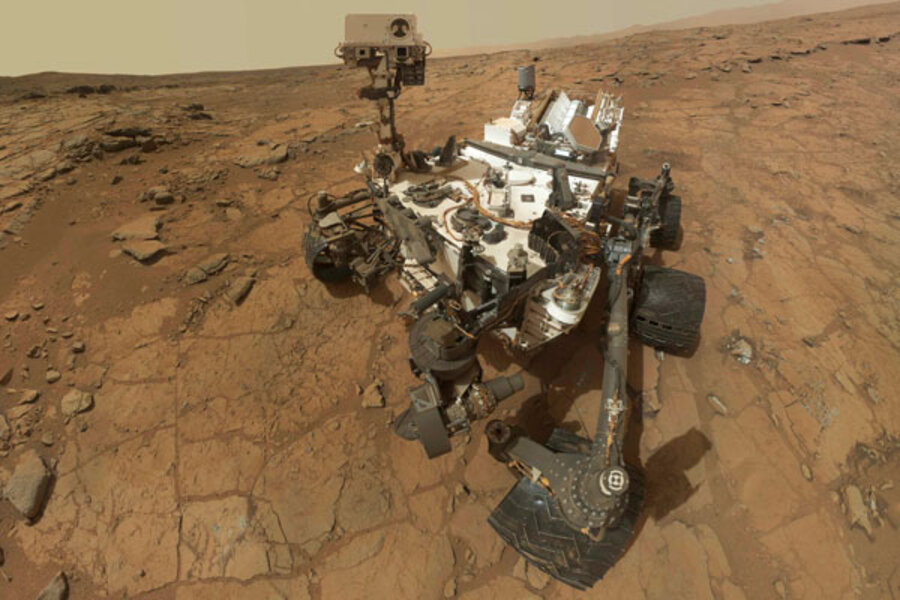Mars was not only habitable, it was downright Earth-like, Curiosity finds
Loading...
NASA's Mars rover Curiosity has uncovered mineral and chemical leftovers in the rocks of Gale Crater that paint a remarkable picture of a modest lake whose mucky bed could have supported microbial life as early as 3.6 billion years ago.
In the process, the rover has laid bare the challenges and opportunities the rover's science team faces as it moves into the second phase of the mission: hunting for organic compounds that would enhance the crater's cosmic credibility as a once-habitable spot beyond Earth.
The lessons learned exploring a formation known as Yellowknife Bay suggest that well-preserved organics – easily destroyed by prolonged long exposure to radiation – may exist within reach of Curiosity's drill if the rover's handlers can find the right spot.
That is encouraging news for a mission that, seven months after it landed, answered "yes" to the question of whether its landing site could once have been habitable. The results released on Monday at the fall meeting of the American Geophysical Union in San Francisco add richness to the story.
The lakes, streams, and groundwater systems the team says were once in Gale Crater “are really similar to an Earth environment,” said John Grotzinger, a geologist at the California Institute of Technology in Pasadena and the project scientist for the mission, at the briefing.
The lake, nestled against the base of Mt. Sharp, the crater's central peak, would have been similar in size to those in the Finger Lakes region of upstate New York – perhaps 30 miles long by 3 miles wide. The climate likely would have been cold and arid, with water supplied by snow in the mountains that form Gale crater's rim.
The rocks the team explored span “millions to even tens of millions of years of time, which is quite a long window of habitability,” Dr. Grotzinger said. He and four colleagues summarized the results in six research papers appearing Friday in the journal Science.
Last March, after drilling into a rock named John Klein, the team announced that the site had been habitable. The site yielded evidence of flowing water. Chemical analysis of the rock sample revealed several of the basic chemical elements important for organic life.
Indeed, the team's interpretation of the data led the scientists to conclude that they had a system of environments that involved not just a lake, but the rivers that fed it and the groundwater deposits that would have developed there.
But there was still some uncertainty about whether the minerals analyzed formed locally, and so pointed to past habitats in the crater, or formed elsewhere and were transported and deposited, suggesting that perhaps the crater might not have had a complete package of traits for habitability.
Team members cleared that up in the new reports, which include analysis of a sample from a mudstone rock dubbed Cumberland. Unlike samples of Martian soil analyzed elsewhere, the clay Cumberland contained was heavy on magnetite and light on olivine, suggesting the clay formed from a local mineral mix, says Douglas Ming, a soil chemist at NASA's Johnson Space Center in Houston and the lead author of one of the six papers in Science.
Moreover, Cumberland's particular blend forms “in pretty benign conditions,” he says – fairly cold temperatures in waters that weren't too acidic or too basic.
Those are conditions “that are pretty unique, that microbes might have survived in,” he says.








